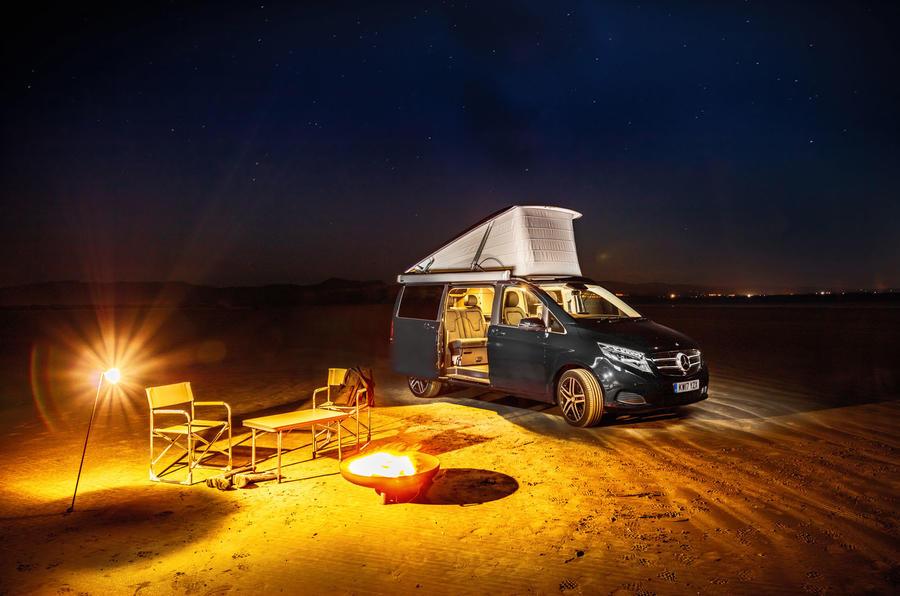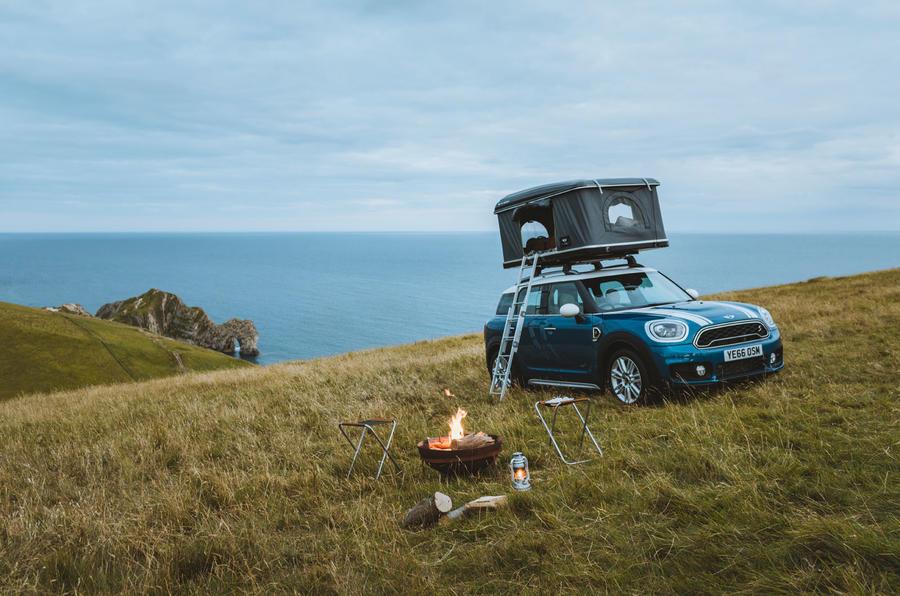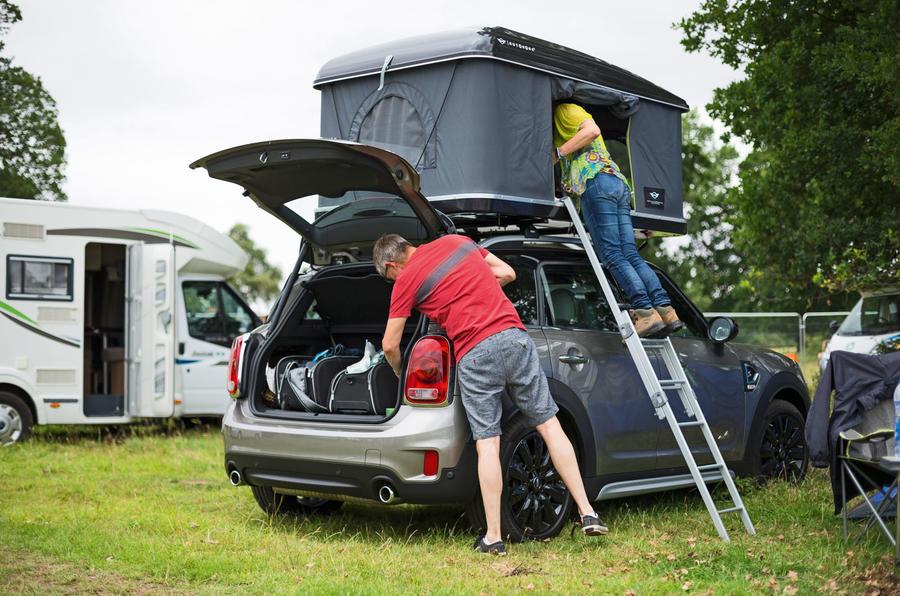Camper vans: can these super-slick autos provide the ultimate camping experience?
Forget the hassle of tentpegs and mud with these motor-based campers

Your support helps us to tell the story
From reproductive rights to climate change to Big Tech, The Independent is on the ground when the story is developing. Whether it's investigating the financials of Elon Musk's pro-Trump PAC or producing our latest documentary, 'The A Word', which shines a light on the American women fighting for reproductive rights, we know how important it is to parse out the facts from the messaging.
At such a critical moment in US history, we need reporters on the ground. Your donation allows us to keep sending journalists to speak to both sides of the story.
The Independent is trusted by Americans across the entire political spectrum. And unlike many other quality news outlets, we choose not to lock Americans out of our reporting and analysis with paywalls. We believe quality journalism should be available to everyone, paid for by those who can afford it.
Your support makes all the difference.Camping sounds like a good idea, apart from the mess and inconvenience and, well, quite a few other things if you’re planning on doing it in the UK.
The idea of camping well above the ground and underneath a proper and/or quickly-deployable roof has a nicer ring to it, especially if it’s chucking it down with rain when you arrive at the campsite.
As we discovered on a weekend at the Latitude music festival in Suffolk recently, vehicle-based accommodation solutions offer a sanitary alternative to flapping sheets of nylon held down by bits of string.

The Mercedes-Benz Marco Polo aims to demonstrate how far campervans have come in recent times. Based on a 220d Sport long-wheelbase model, it’s essentially a ‘camperised’ Mercedes V-Class minibus converted by longtime specialists Westphalia. A pukka part of the Mercedes range, it has four berths, a kitchenette with two-burner hob, fridge, sofa double bed, wardrobe and a lift-up roof housing the second double bed. Not having a toilet or a shower is what makes it a campervan, not a motorhome.
Even so, it costs £53,825, and that’s before you add the £7000 worth of options on our test van, including an auxiliary water heater (£1345) and a side awning (£695). Yacht wood flooring and the V-Class’s electrically sliding side door opening are standard.
Putting up the Merc’s optional awning is a longer job than turning the Mini’s top box into a tent. Made by the Italian Autohome company and the Mini design team, the glassfibre-boxed AirTop is aimed at those who might need to sleep two ‘on the hoof’ in remote spots, or indeed at pop festivals like Latitude.

It’s a hefty investment at £2762. Putting a Countryman (say) underneath it would add £36,610 for the range-topping Cooper S All4 model, or £22,625 for the entry-level Countryman.
Turning your Mini into overnight accommodation involves undoing three nail-snapping ribbed tabs. Releasing these allows the glassfibre roof to raise itself on four gas struts. Once the tabs are popped your ‘room’ is ready in less than a minute. The Autohome setup comes with a mattress, two pillows and a pretty much essential aluminium access ladder.
En route to Henham, near Beccles, we quickly discovered the difference in driving these two very separate takes on mobile accommodation. The Mini is a sporty car with a box on its roof, whereas the Merc is a van holding a flat-full of gear.
The Marco Polo actually goes well enough as long as you keep the throttle well pressed down. Driving one of these is more about relaxing behind the wheel than trying to force its bulk around bends at unlikely speeds though. You wouldn’t really want one as everyday transport, but it’s a brilliant venue for a pre-festival breakfast once you’ve finished swivelling the front seats around to face a fold-out table. The Mini’s road behaviour, on the other hand, feels pretty much unaltered by the box on its roof, with a nicely pliant ride.
The Merc’s double bed is properly comfortable, and you even get a USB port ‘upstairs’. Phone charging through it was very slow, but that could have been something to do with the absence of a 230V power supply to plug into. At least it had the port: electrical items in the Mini’s tent amounted to a battery-powered light, with flat batteries. Still, the Autohome roof-bed was nice and cosy, with a net pocket for clothes and unzippable ventilation panels. It seemed wind- and rain-proof too. Impressive in both convenience and comfort.
Of course, the airconditioned, spacious and solidly-built Mercedes is several steps ahead in terms of sophistication. The sliding sofa bed is a bit of a strain to manoeuvre, and the main battery drained surprisingly quickly. Greater familiarity with the owner’s manual would doubtless optimise the Marco Polo experience.
For civility and easygoing voyages of discovery the Merc is a shoe-in, if you have the money. If you don’t, the Mini top box is hardly cheap in isolation but it creates a fun and adventurous touring ambience.
Tony Middlehurst
Tony Middlehurst is a writer for AutoCar.
Join our commenting forum
Join thought-provoking conversations, follow other Independent readers and see their replies
Comments